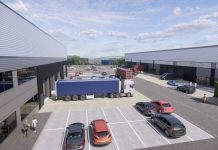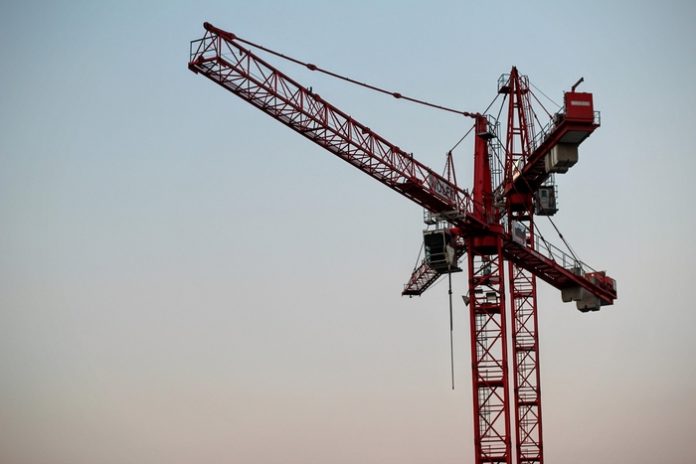Construction output is expected to return to growth in 2025, driven by demand in infrastructure and mission-critical sectors, following a challenging year in 2024, marked by high interest rates and rising labour costs according to the latest Construction Markets Insights report from global construction consultancy Linesight.
Cost inflation in the UK is tracking slightly ahead of the rest of Europe, with a range of 2.5-3.5% anticipated this year, driven by the increase in employer National Insurance contributions from April and ongoing labour shortages.
Global reciprocal tariffs and regional conflicts are heightening supply chain pressures, with geopolitical uncertainty now seen as the top risk over the next year. Although the UK has outperformed Europe in tariff negotiations so far, uncertainty around key materials like steel continues to threaten lead times and procurement reliability—potentially driving up project costs.
A focus of this report is the growing strain on power infrastructure. As energy-intensive sectors expand, the availability of reliable electricity is becoming a critical challenge. To tackle energy constraints and enhance sustainability, mission-critical sectors are adopting new ways of accessing power. These include renewable self-generation, Corporate Power Purchasing Agreements (CPPAs), self-generation and battery storage.
Power availability remains a challenge for data centre projects. Demand for data centres across Europe is projected to rise from 10 GW in 2024 to around 35 GW by 2030. This could more than double energy consumption, from 62 terawatt-hours (TWh) today to over 150 TWh by the end of the decade, highlighting the urgent need for grid infrastructure upgrades, access to renewable energy sources, as well as the adoption of energy-efficiency measures. Grid access delays present additional challenges and Ofgem has proposed reforming the UK’s grid connection system, which would prioritise ready and essential projects, aiming for the first connections to be operational by 2026.
The UK is seeing strong momentum in data centre development, underpinned by its designation of data centres as critical national infrastructure in September 2024. This aims to bolster energy prioritisation, resilience, and security, supporting a planned £14 billion investment from a number of private firms, alongside Amazon’s reported £8 billion UK commitment for cloud and AI expansion.
Another sector on a growth trajectory is life sciences, which saw €1.2bn invested in research and development start-ups across Europe during the first quarter of 2025. There is a growing trend of life sciences manufacturing companies leveraging existing manufacturing sites to expedite market entry, adapt quickly to demands and alleviate current market uncertainties. However, until there is greater clarity on the tariff landscape across the UK and Europe, export performance may be hindered, posing a risk to future capital investment.
In 2024, the construction sector saw commodity price corrections. Global oversupply and low domestic demand are adding to the downward pressure on steel flat and rebar, with prices expected to face further downward pressure due to weakening demand. In the long-term, demand from infrastructure and low-carbon steel is likely to drive price increases.
A notable exception to the downward price pressure is copper which increased by 3.7% in Q1 2025 in the UK. The long-term outlook remaining strong, underpinned by government-backed energy transition plans, rising EV adoption, and increasing demand from renewable infrastructure and AI-driven data centres.
Michael Riordan, Managing Director, UK with Linesight, said: “The construction industry is benefitting from the momentum created by government policies that are focused on not only sustainability initiatives, but also data centres, life sciences and manufacturing growth strategies. However, the broader environment remains uncertain, shaped by geopolitical instability and regional conflicts that continue to influence supply chains. Trade barriers and persistent labour shortages are adding further complexity to cost planning and procurement.”
He continued, “In this climate, early engagement with contractors, flexible procurement strategies and robust risk assessments are essential. Prioritising resilient supply chains and building in contingencies for cost fluctuations will be key to navigating the volatility while capitalising on long-term opportunities in sustainable and mission-critical development.”
The report can be read in full here.



















